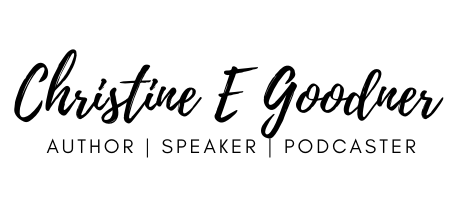This week’s episode of the Time to Practice podcast is the second in a two-part…
Making Great Music with Ease: A Conversation with Jennifer Roig-Francolí
On this episode of the Time to Practice podcast, we’re speaking to Jennifer Roig-Francolí, creator of the Art of Freedom Method™, Alexander Teacher, musicians coach, and bestselling author of the new book Make Great Music with Ease!: The Secret to Smarter Practice, Confident Performance, and Living a Happier Life.
In this episode we talking about the importance of choices and playing without tension, doubt gremlins, and Jennifer’s 5 life pillars from her Art of Freedom method™. There are important takeaways here for you whether you’re a musician yourself, music educator, or parent or caregiver of a young musician.
To Listen to the full episode you can find the Time to Practice Podcast on Apple Podcasts, Audible , Google Podcasts, or your favorite podcast platform. You can also listen directly from the link below:

Amy Beth Horman on Approaching Music Practice with Gratitude (Part 2) – Time To Practice

Highlights of our conversation with Jennifer Roig-Francolí include:
On enjoying the process of practicing:
“It’s really hard to do that if you have a perfectionistic tendency and nothing ever seems good enough, and it feels like you’re never going to be able to learn this thing, whatever it is. So, we need to find different mindset strategies and techniques. And what I specialize in is the mind-body strategies that include the whole self. So you’re bringing your whole self to your instrument. So it’s much easier, I think, to integrate your everyday life with your music and having the purpose include happiness and joy. I think it’s essential because it’s easy to forget about it. Because it’s not easy, you know, playing an instrument is challenging, and it takes a lot of patience.”
On the challenge of working with our children in the practice room:
“So we need to, you know, learn how to guide them in a way that gives them practice making choices and, you know, allowing them to make wrong choices without getting hurt. And help them to realize that they do have power over their thoughts and their actions so that, more often, they’re motivated to make good choices for themselves. And that’s of course in everyday life as well as in their practice room.
I mean, getting them into the practice room is I think one of the biggest hurdles to get over. You know, how do you pull them away from their phone or their tablet or their video games or their friends outside? You know, the world is an endless distraction, and so they just want to have fun and feel good like most people. But they need to be taught that if you really want to get somewhere with something, like you said you need to do the work, but how can you get them do the, to want to do the work, so that they have the freedom to choose to do the work themselves.”

On practicing with her mother growing up:
“I feel so grateful that my mother, well, she was also trained as a kindergarten teacher, you know, educated, her degree is in that, so she had educational skills in a different field that then she brought to the violin. You know, in traditional Suzuki, I’m, you know, this I’m sure, your listeners might know too, but in, in the old days of early Suzuki, it used to be that the parent was expected to learn the instrument along with the child.
And it doesn’t always work so well in today’s environment, in our culture, especially American culture. We have so many activities and things and parents are so busy too. But my mother had the time and the interest to learn the violin along with me, and she learned a lot, you know, from learning an instrument.
And then actually wanted to go to Japan to study with Suzuki as a teacher. So she went along with a group to train with him and then liked it so much she brought me over to Japan to study with him for a month a year later. And I think the best thing about the Suzuki method is really that it’s not so much about what you’re accomplishing, it’s really about the process.”
To hear the rest of this conversation listen for free through the links above!
Links in this week’s Episode:
Mind-Body Awareness for Musicians: youtu.be/Zr1c4T9KgFM?si=TD1pO4MlDLLEetEN
Connect with Jennifer Roig-Francolí:
FB BIZ PAGE – www.facebook.com/artoffreedom.me/
FB GROUP – www.facebook.com/groups/J30DPC/
Instagram – www.instagram.com/jennifer.roigfrancoli/
YouTube channel – www.youtube.com/@JenniferRoigFrancoli
Website – www.ArtofFreedom.me
Connect with Christine and share your takeaways on Instagram
This episode is brought to you by: Beyond the Music Lesson

